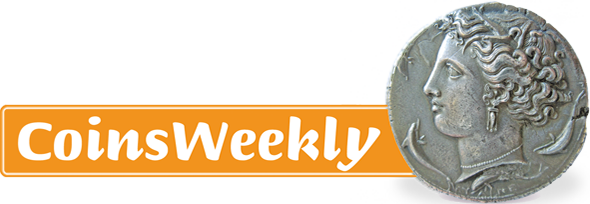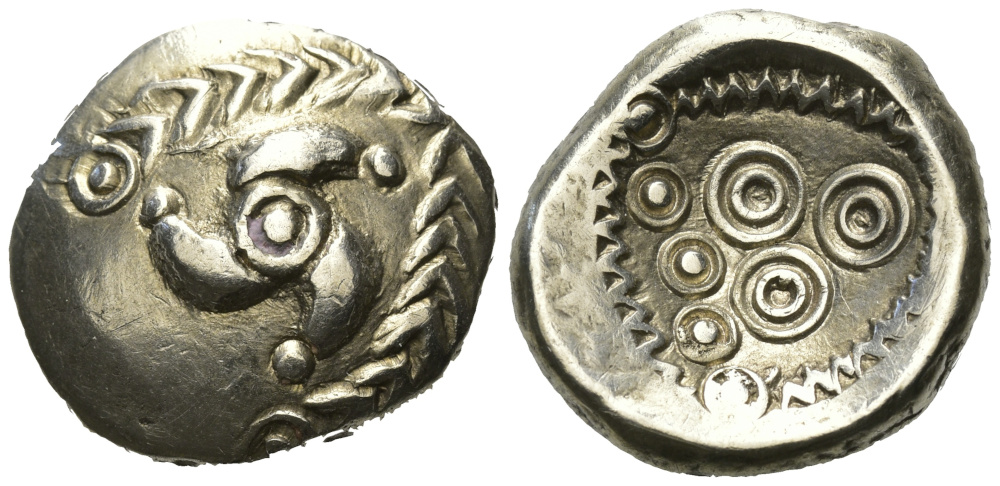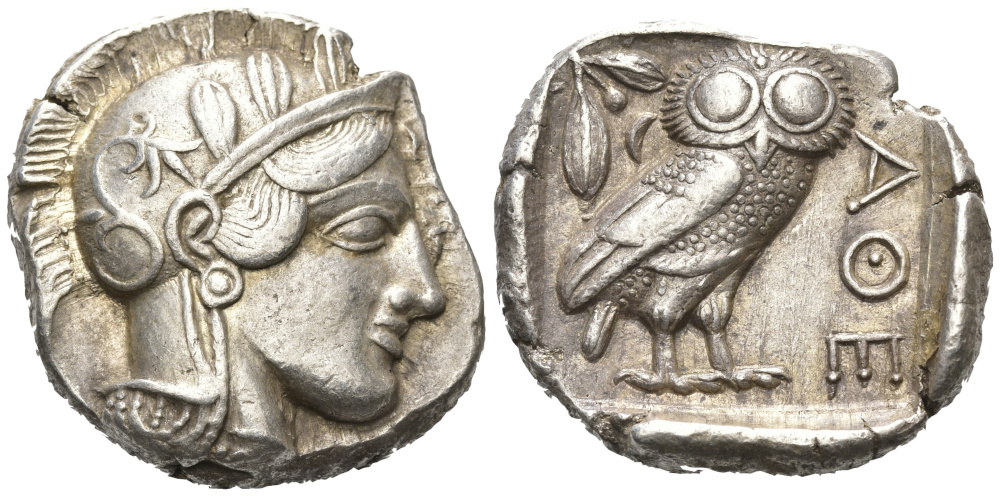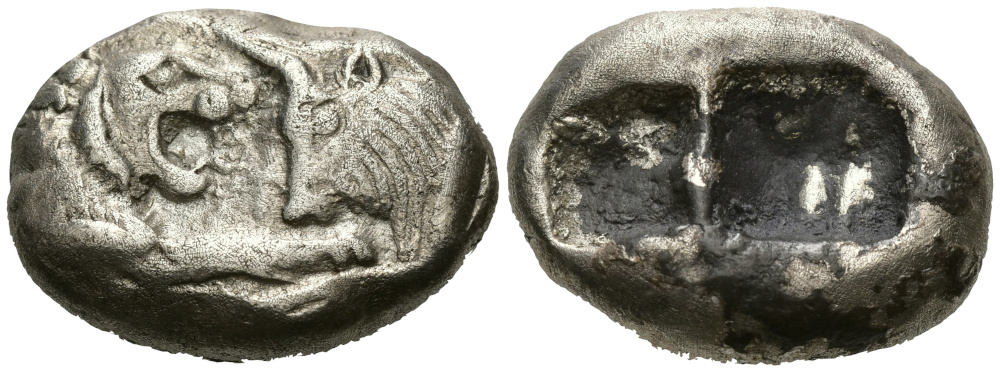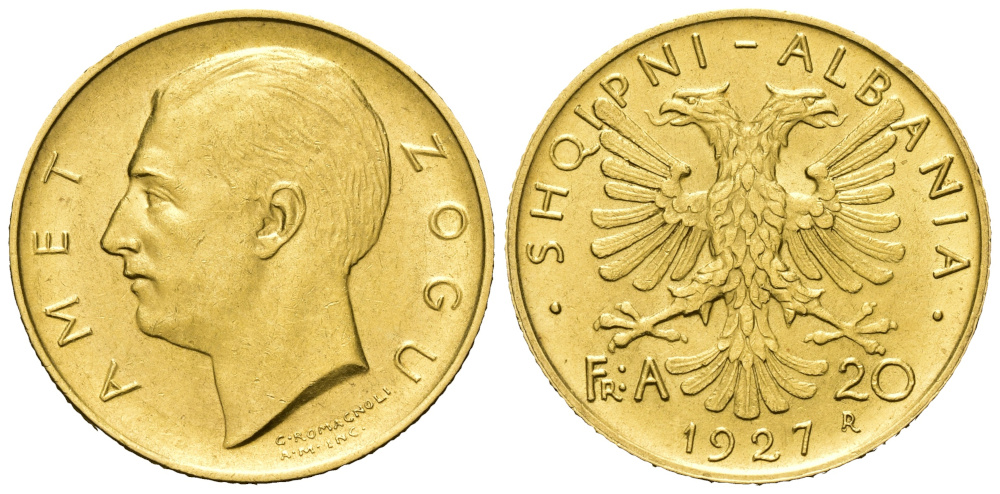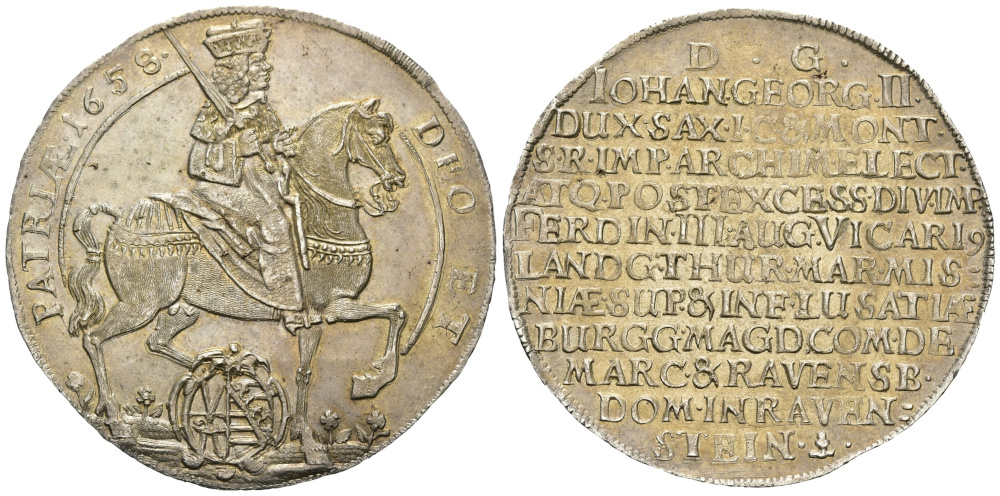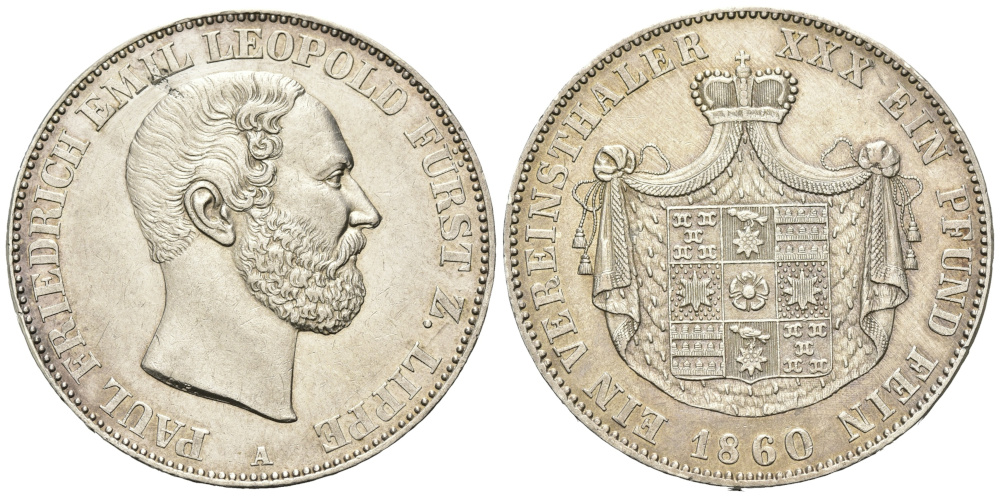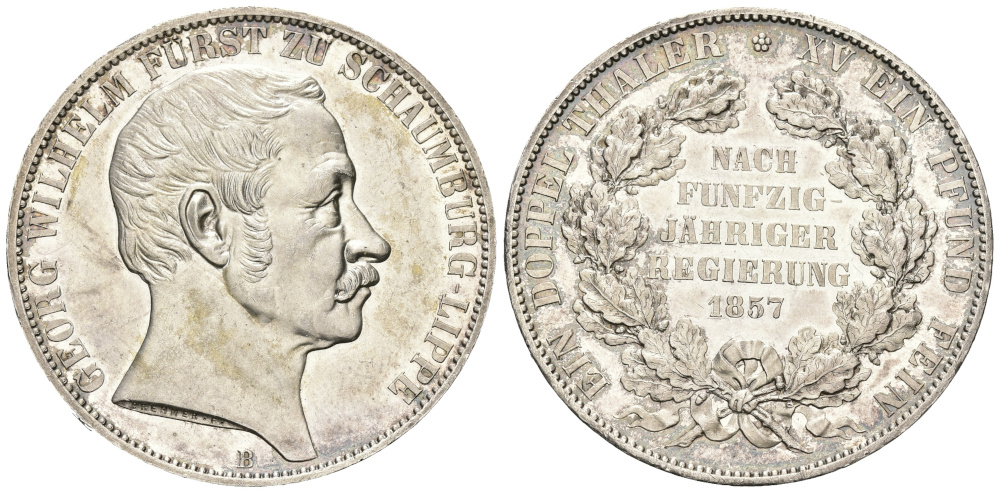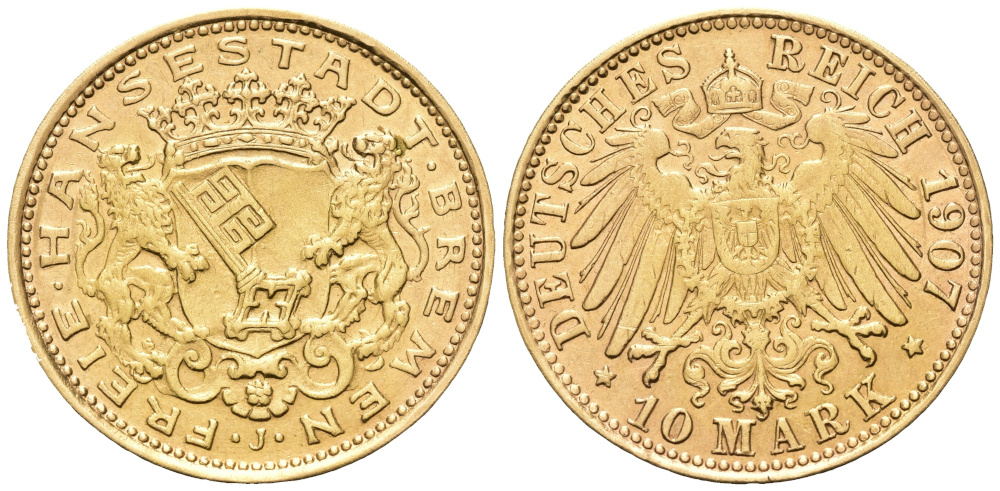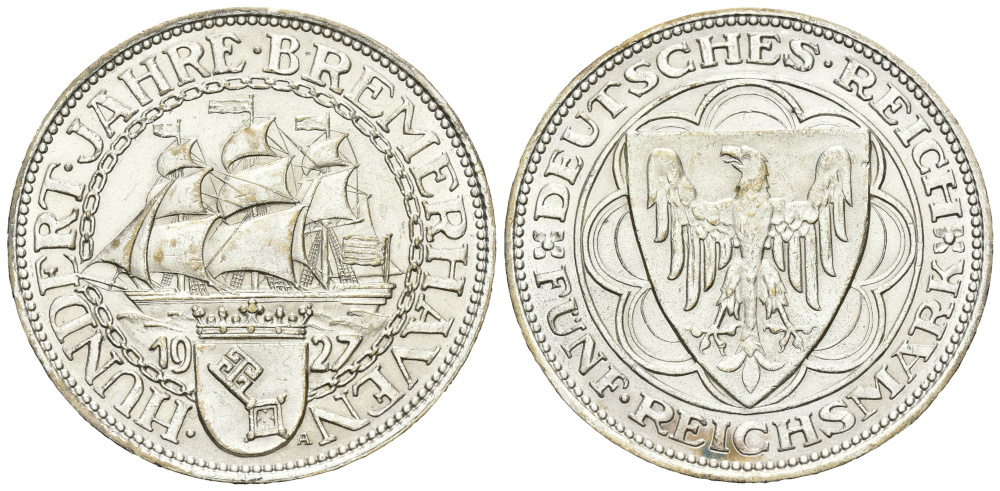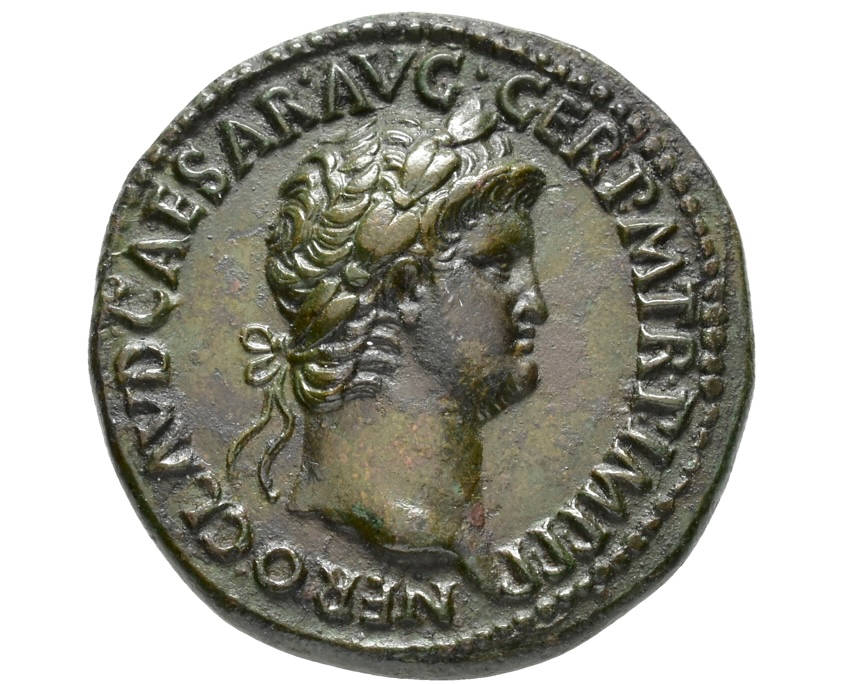From Nero’s Masterpiece to Cleopatra’s Famous Portrait – Numisart Auction 9
Numisart
Auction 9 – Ancient Coins
Coins
13 April 2025
Online
Numisart presents Auction 9, featuring a hand-picked selection of 300 Ancient Coins. The sale will close on Sunday, April 13th, 2025, from 18:00 CEST on biddr.
Over 20 Years of Experience
Founded in 2001, Numisart is an auction house with international experience, a deep devotion to antiquity and a strong academic background. Over many years the gallery was located at Maximiliansplatz in the hearth of Munich, exhibiting at renown art fairs in Munich, Salzburg and Palm Beach. Today, the small team of committed experts is based in Vienna, the birthplace of numismatics, holding regular auctions.
Ancient Coins
Auction 9 combines various consignments representing many areas of the ancient world. Among the 300 lots, collectors will find miniature masterpieces in pristine condition, rare and sought after coins, specimens from important hoards as well as coins from old and well-known collections. We have selected four particularly interesting lots from different eras and fields that tell fascinating stories:
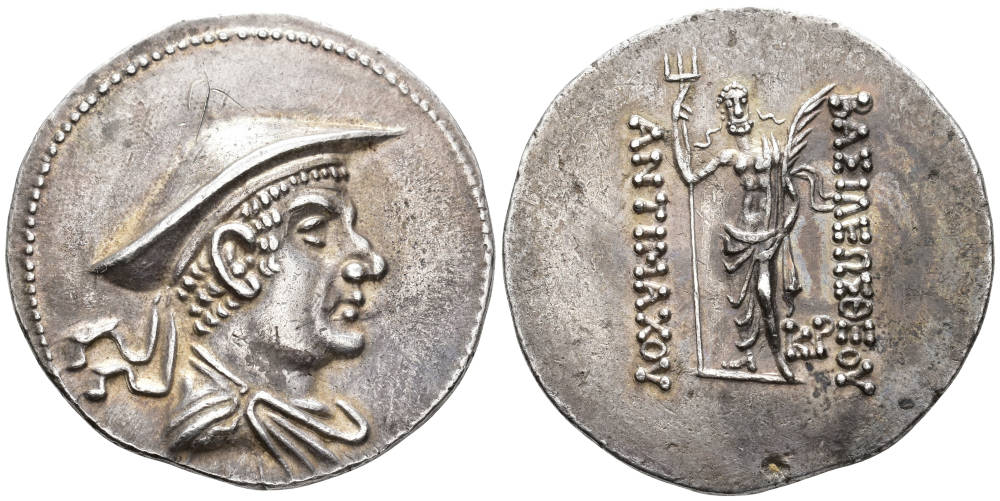
Lot 30: Greek. Bactrian Kings. Antimachos (c. 199–170 BC). Tetradrachm, early second century BC. Old cabinet toning. Ex Graeculus Collection. Starting Price: 1,500 EUR.
The Enigmatic Bactrian Kings
Antimachos is one of only very few Bactrian kings whose name survives through written sources, specifically a tax receipt written on a strip of leather now held in Oxford. Besides a handful of kings, Bactrian rulers are known through their coins only. Often it is difficult to determine whether there is only one king or multiple kings with the same titles. Therefore, the dating, attribution of mint and historical interpretation is often heavily disputed.
Bactrian coins stand out for their style and composition of images. They show a fusion of Hellenistic elements from the Mediterranean with more Eastern, sometimes also Indian features.
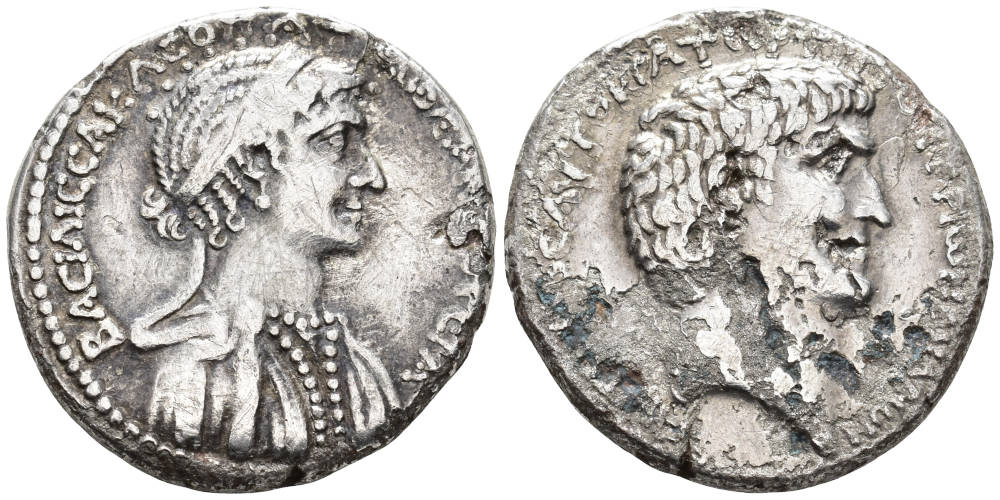
Lot 51: Roman Provincial. Syria. Antioch. Mark Antony and Cleopatra VII. Tetradrachm, Antiochia on the Orontes or a mint further to the South, c. 36 BC. Very rare. Published on RPC online. Starting Price: 450 EUR.
Cleopatra’s Mesmerizing Portrait
Cleopatra VII was a skilled diplomat and strategist, who used her intellect and charm to secure alliances with powerful figures. After Caesar’s assassination, she aligned herself with Mark Antony and the two became lovers. To honour their partnership, dual-portrait coins were issued that demonstrate Cleopatra’s dominance in the relationship. Despite not being described as exceptionally beautiful, her intellect, voice, and wealth made her irresistible to two of Rome’s most powerful men.
The tetradrachms of Cleopatra and Marc Anthony were probably intended for the payment of Roman soldiers. For the Romans, depicting a living Hellenistic ruler on coins was unusual. Around ten years earlier, in 44 BC, Caesar had been the first living person to place his portrait on Roman coins. In the years that followed, portraits of living individuals became more common. Primarily the heads of the triumvirs appeared on the coins. Iconographically, the tetradrachms from Antioch resemble the denarii featuring portraits of Octavian and Marcus Antonius. A few years later, the likeness of Cleopatra and Marcus Antonius also appeared on Roman denarii.
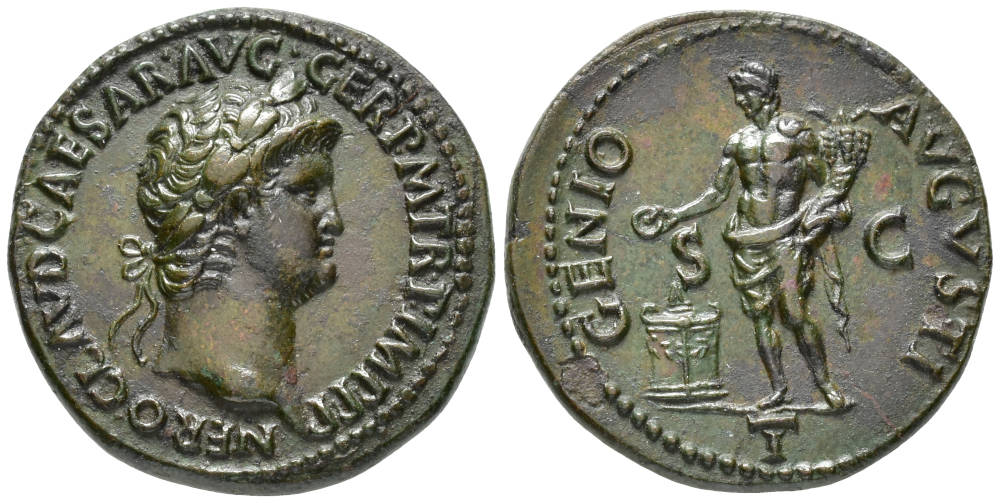
Lot 78: Roman Imperial. Nero (AD 54–68). As, Rome mint, AD 64. An exceptional coin of fine style. Probably the best specimen of this type in existence. Starting Price: 2,800 EUR.
A Stunning As of Nero
This as of Nero, 24 mm in diameter, is a miniature masterpiece. It was struck in Rome in AD 64 – the year of the great fire that destroyed large parts of the city. The highly impressive specimen was perfectly struck from finely engraved dies. It depicts a bold portrait of Nero and a meticulous depiction of the Genius Augusti. An exceptional coin of fine style, and likely the best specimen of this type in existence.
Nero’s portrait can be recognised easily by his distinct facial features. His coinage shows him in different stages of his life throughout his 14 years of reign. The portrait on this coin features his last portrait-type, introduced in AD 64 and employed until his death in AD 68. It shows the emperor with heavier features and more mature than before, with an expression of magnificence and majesty – a subtle reference to the portraits of Hellenistic rulers. For comparison: a very similar marble portrait head of Nero can be found in the Munich Glyptothek.
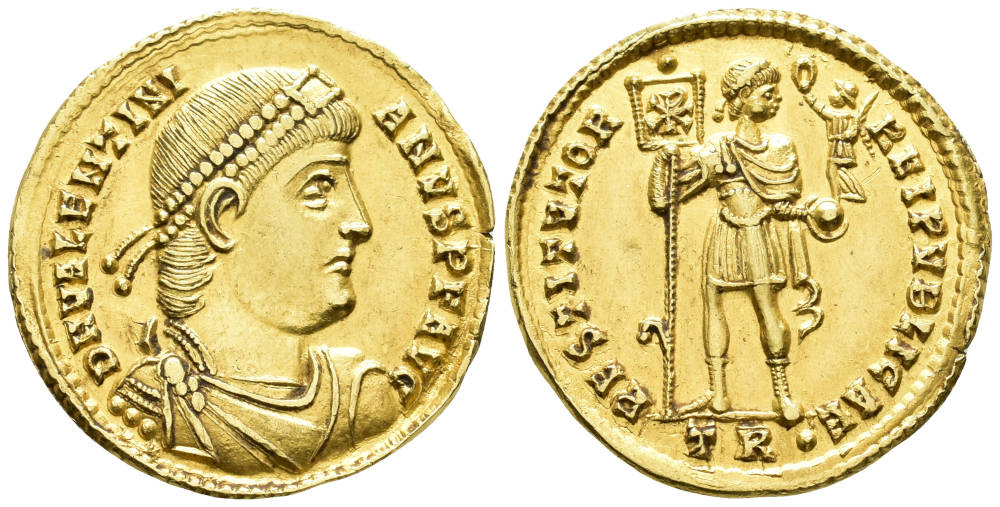
Lot 298: Roman Imperial. Valentinianus I (AD 364–375). Solidus, Treveri (Trier) mint, February AD 364–August 367. Rare. Outstanding specimen with excellent detail. Starting Price: 1,500 EUR
An Excellent Solidus of Valentinianus I
Valentinian I was a Roman emperor ruling the Western Roman Empire from 364 to 375. Born in 321 in Cibalae (modern-day Vinkovci, Croatia), he came from an Illyro-Roman family. Before ascending the throne, he served as a military officer and gained recognition for his leadership skills. During his reign, Valentinian focused on defending the empire’s borders. He successfully fought against the Alamanni, Quadi, and Sarmatians, and strengthened fortifications along the Rhine and Danube rivers. His campaigns ensured more security in these regions. In Britain, his general Theodosius quelled the Great Conspiracy, a coordinated attack by the Picts, Scots, and Saxons.
On the illustrated coin, Valentinianus is depicted as victorious military commander, and designated „restitutor rei publicae“, restorer of the empire. With the Chi-Rho symbol on the labarum, he professes Christianity.



